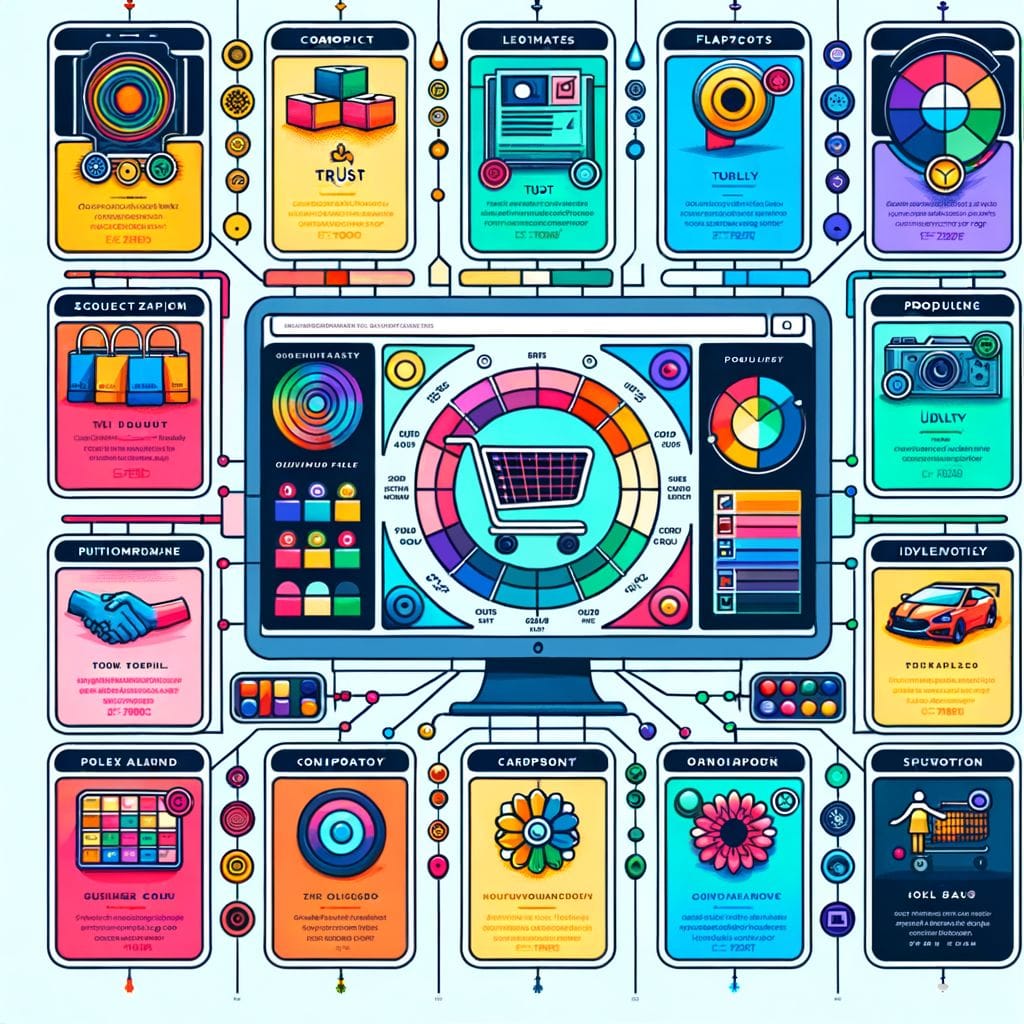In the digital era, the art of increasing sales on e-commerce platforms has evolved significantly, giving way to sophisticated techniques such as upselling and cross-selling. These strategies not only contribute to sales volume growth but also improve the customer’s shopping experience, generating higher satisfaction and loyalty rates. In this article, we will explore the most effective strategies and techniques to implement upselling and cross-selling in your e-commerce, along with digital tools that facilitate their execution, success stories and common mistakes to avoid, always with the goal of maximizing the benefits for your online business.
Table of Contents
Toggle1. Introduction to upselling and cross-selling
Upselling and cross-selling are two sales strategies that, if well implemented, can significantly increase the revenue of your e-commerce. Upselling consists of encouraging customers to purchase more expensive or advanced versions of a product they are considering buying, while cross-selling involves offering complementary or related products. Both techniques seek to maximize the value of each purchase, improving the user experience by providing additional options that meet their needs.
2. Understanding customer value
Before implementing upselling or cross-selling strategies, it is crucial to understand the value of each customer. This involves analyzing their buying behavior, preferences and needs, which allows you to offer additional products or services more effectively. Knowing your customers helps you to personalize your offers, increasing the chances of success of these strategies.
3. Effective upselling strategies
For upselling, an effective strategy is to highlight the benefits of the premium product compared to the standard option. This may include extended warranties, better quality or additional features. Another technique is to offer a special discount on the premium version of the product during the purchase process, which can incentivize the customer’s decision in favor of a more expensive option.
4. Advanced cross-selling techniques
In cross-selling, it is important that the products offered are genuinely complementary to the main item the customer intends to buy. Showing how these additional products can enhance the experience of the main product or how they complement each other is key to the success of this strategy. Creating product bundles at a special price is also an effective technique.

5. Personalization: key to success
Personalization is fundamental to both strategies. Using customer information to offer additional products that truly match their interests and needs increases the likelihood of success. Data analysis tools and recommendation algorithms can help personalize offers in real time, improving the customer experience and increasing sales.
6. Digital tools for upselling
There are several digital tools designed to facilitate upselling. E-commerce platforms such as Shopify or Magento offer plugins and extensions that allow to implement product recommendations or upgrade discounts in an automated way. These tools can be key to implement these strategies efficiently and effectively.
7. Maximizing profits with cross-selling
Cross-selling not only increases the value of the current purchase but can also foster customer loyalty in the long term by introducing them to the range of products offered by your e-commerce. Implementing this technique effectively involves understanding not only which products are complementary, but also the right time to offer them during the buying process.
8. E-commerce success stories
Amazon is an emblematic example of the success of these strategies, especially cross-selling with its famous “Customers who bought this product also bought” recommendations. Another success story is Apple, which uses upselling by offering iPhone models with greater storage capacity at higher prices.
9. Common mistakes to avoid
A common mistake in upselling and cross-selling is the over-supply of additional products, which can be overwhelming for the customer and negatively impact the buying experience. Another mistake is not considering the relevance of the products offered, which can diminish the effectiveness of recommendations and affect the customer’s perception of the brand.
10. Measuring results and KPIs
It is vital to measure the impact of upselling and cross-selling strategies to understand their effectiveness. KPIs such as average order value, conversion rate and customer retention are critical to evaluate success and adjust tactics as needed. Data collection and analysis facilitates the ongoing optimization of these strategies.
11. Integrating upselling and cross-selling
Effectively integrating upselling and cross-selling into your e-commerce sales strategy requires a balanced approach that considers the customer experience. Implementing these techniques in a way that feels like a natural enhancement of the shopping experience can increase revenue without compromising customer satisfaction.
12. Future of upselling and cross-selling
The future of upselling and cross-selling in e-commerce looks promising, with technological advances such as artificial intelligence and machine learning enabling even greater personalization and efficiency. These technologies promise to revolutionize the way brands interact with their customers, offering increasingly accurate recommendations and enhancing the online shopping experience.
Implementing upselling and cross-selling strategies effectively can significantly transform your e-commerce results, increasing not only sales but also customer satisfaction and loyalty. The success of these techniques lies in personalization, the proper use of digital tools and a deep understanding of customer value. As we move into an even more digitized future, the ability to adapt and refine these strategies will be key to staying competitive in the ever-changing world of e-commerce.






